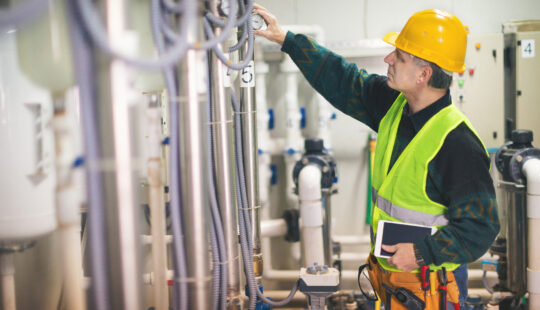The News
The average price of a gallon of gas in the U.S. surpassed $3.51 on Wednesday, according to AAA, up four cents from the week before and nearly $1 higher than a year earlier.
Brent crude, a key trade benchmark for crude oil prices, rose 1.1% to $94.26 a barrel, up roughly 20% since the start of the year.
SAP’s Take
U.S. gasoline prices have reached their highest level in nearly eight years prompting a spike in investment in sustainable energy, says John Tully, SAP senior vice president of the South Region.
At first blush, the most recent surge can be attributed to the political tension over a possible invasion of Ukraine by Russia, which pumps out about 10% of the world’s oil supply. But the reasons for the increase are more complicated, said Tully, whose North American region has a significant concentration of oil and gas customers.
“First, economies are expanding again following the contraction associated with COVID-19,” Tully said. “GDP levels are recovering, which means more energy is being consumed.”
As Tully mentions, tensions in Ukraine are only one factor affecting gas prices. Many developed countries have not invested in upgrading or expanding their hydrocarbon-related industry capacity and technology capabilities. So, as expanding economies create a boom in demand, geo-political and environmental concerns have constricted supply.
“We’ve got this imbalance that creates an opportunity for speculation to drive up the price of oil,” Tully said.
But can sustainable energy replace gas prices approaching $4 per gallon? Not yet, Tully says, because none of the alternative energy sources can scale to meet global demand. However, that could change.
“Every time energy prices increase, you will see demand spike for alternative energy and technology investments to support growth in this area,” he said.
According to Tully, there is an unprecedented interest in alternative and sustainable energy sources, especially from traditional oil and gas companies. However, if prices do not stick, the incentive to grow investments in alternative energy sources could evaporate.
“People will wait and see,” Tully said. “If prices reach probably above $80.00 a barrel, and there’s confidence they will remain there, I think we’ll see much greater investment in alternative energy forms and technologies to support development. The obvious candidates to start are solar, with wind and hydrogen not too far behind it.”
Contact:
Justin Wolz, Communications Manager, East & South Market Units
SAP North America, j.wolz@sap.com, +1 (919) 306-7084



